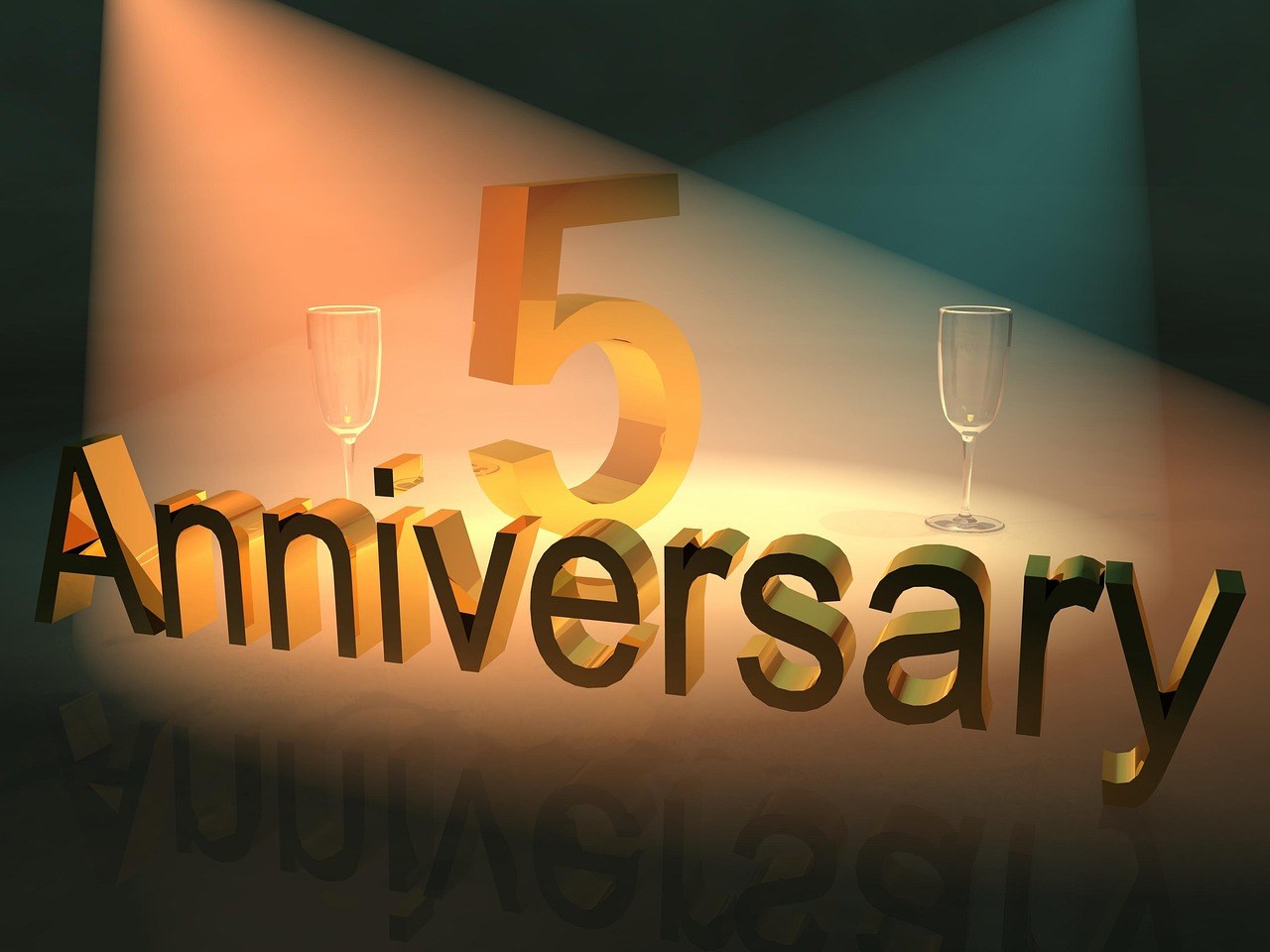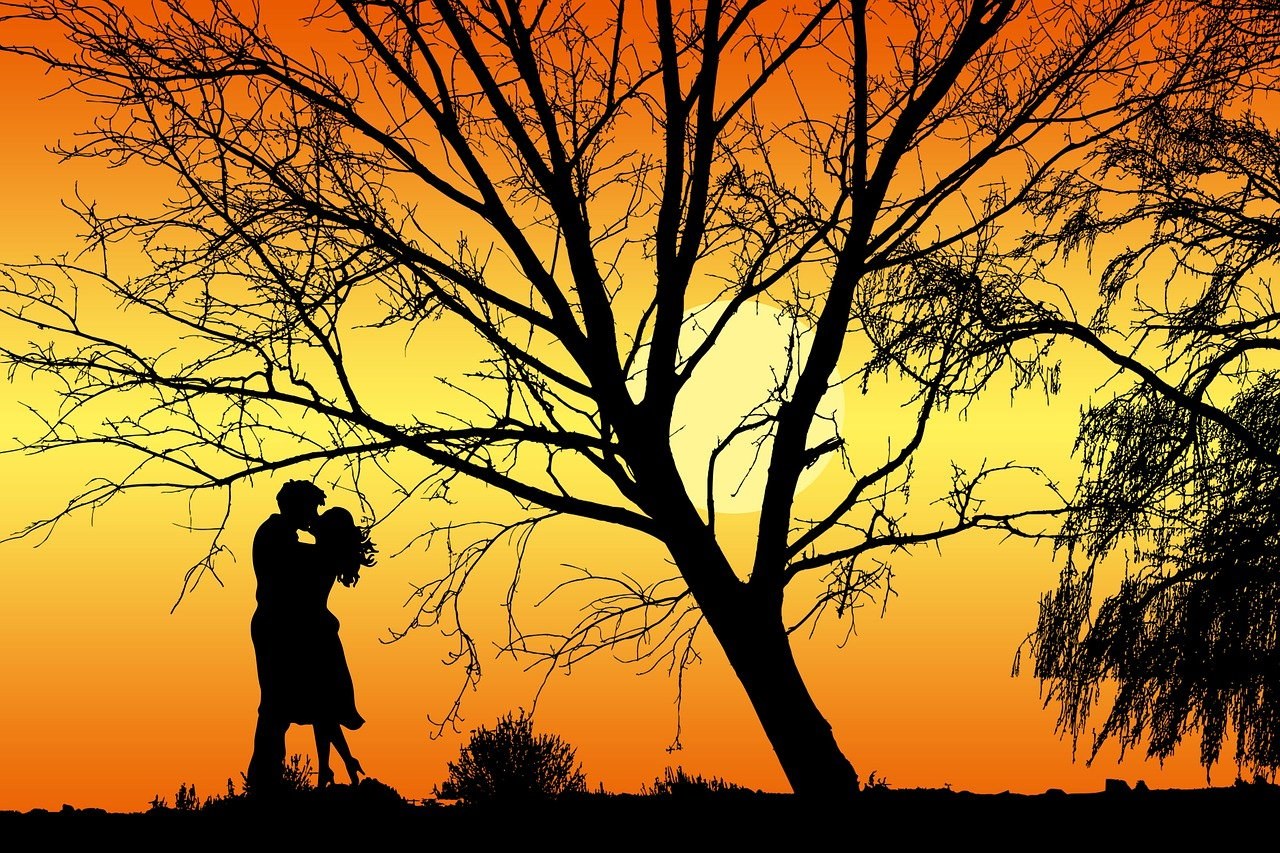It’s easy to get swept up in a new connection – the racing pulse, the can’t-eat excitement, the sudden urge to check your phone every few minutes. Those feelings can be wonderful, but they can also be confusing. Are you caught in puppy love, or is something deeper taking root? This guide unpacks what people typically mean by puppy love, how it differs from a lasting bond, the stages it often moves through, and practical ways to help an early spark develop into a durable partnership.
What people mean by puppy love
Most of us first encounter puppy love long before we understand relationships. Think back to school hallways and lunch tables – sitting together, holding hands, whispering secrets, feeling sure you’d discovered something epic. That rush of novelty and optimism captures the essence of puppy love. The same feeling can reappear in adulthood when a relationship is brand new. Everything your partner does seems charming, the sky looks brighter, and your mind loops back to them whenever you have a spare second. You might even convince yourself you’ve finally found your perfect match.
Here’s the catch: in these early days, the relationship hasn’t met anything resembling a serious test. You haven’t navigated real disagreements, stressful weeks, or clashing habits. Without that shared history, you’re mostly responding to the surface – how someone looks, talks, or behaves when everyone’s on best behavior. That’s why puppy love differs from a mature bond. Real caring includes the whole person, flaws and all, and grows as partners see each other clearly rather than through a haze of first-date sparkle.

How puppy love typically unfolds
Puppy love is often described as the first stage of a relationship, but it has its own mini-arc inside that stage. Understanding those shifts helps you recognize where you are and what comes next.
The surge. It starts with a crush that feels bigger than you. Attraction floods in, attention narrows, and your brain keeps circling back to one person – often with an intensity that surprises you. It can slide toward obsession if you aren’t careful, because novelty itself is intoxicating.
The connection. Flirtation becomes reciprocated, and you bond fast. You notice delightful details about each other and collect them like shiny stones. Physical chemistry often explodes during this stretch; many couples describe it as a honeymoon phase. For some, this glow can last from roughly two months to two years, with plenty of variation from couple to couple.

The reality check. Eventually, the initial chemical fireworks calm down. You start noticing friction points, missed expectations, or lifestyle differences that were easy to ignore before. At this stage, partners either drift apart or lean in – choosing to understand each other deeply and build something sturdier than puppy love.
Why the experience still matters
Even if puppy love isn’t the finished product, it’s not pointless. Every time you open up to someone, you learn – about your boundaries, your patterns, the kind of support you offer, and the kind you need. Those lessons accumulate. Each chapter equips you for the next, and sometimes puppy love ripens into a genuine partnership. When both people are willing to grow, the early rush can become the foundation for a relationship that’s more honest and resilient.
Clear signs you’re in puppy love
When you’re living through it, puppy love can easily masquerade as something permanent. Use the following signs to take a breath, steady your pace, and check in with yourself.

The lightning strike. You fell hard almost immediately. Love at first sight sounds romantic, but real love takes time because it rests on knowledge rather than impulse.
Insatiable closeness. You want to be with them constantly, and you bristle when anyone suggests slowing down. That hunger has a compulsive flavor – more like craving than caring.
Strategic sweetness. Kind gestures are calculated to make them like you more. If the primary motive behind your effort is earning approval, that’s puppy love steering the ship.
Universal adorableness. Everything they do seems cute. People in steady bonds admire plenty about each other, but they also roll their eyes occasionally – and that’s normal.
Growing fixation. You want to know what they’re doing every hour, who they’re with, and what they said in a conversation you weren’t part of. Curiosity turns to fixation quickly during puppy love.
Constant mental replay. They’re on your mind first thing and last thing – and in between. Everyday tasks morph into reminders of them, whether or not there’s a clear connection.
Adrenaline greeting. When you see them, your body responds: butterflies, flushed cheeks, a thumping heart. Excitement is normal; it’s the intensity and frequency that mark puppy love.
Visible reactions. Attention from them can trigger blushing, sweating, or a heart-skipping sensation – a physical jolt that’s common when puppy love is at full volume.
Selective hearing. Friends or family offer cautious feedback, but you tune it out because it doesn’t match your dreamy narrative. Puppy love amplifies the positive and muffles warnings.
High-octane attraction. Sexual pull feels newly awakened and unusually strong. The spark itself isn’t a problem – it’s simply a hallmark of puppy love’s intensity.
Message monitoring. Your notifications become a lifeline, and you check them reflexively. A silent phone feels like a crisis rather than a pause.
Halo effect. You notice only strengths. Flaws blur at the edges, and you find reasons to excuse anything that doesn’t fit the perfect picture.
Unclear reciprocity. You’re unsure where you stand because you’ve avoided deeper conversations. Puppy love often avoids vulnerability while craving connection.
Presentation mode. You dress to impress every time – no lazy days, no bare-faced grocery runs, no letting them see you when you’re off your game. Authenticity feels risky.
Appetite dip. The rush can nudge you into lovesickness – restlessness, chest tightness, or a fading appetite – especially when you’re waiting to hear from them.
Short runway. The relationship is still under a year old, so you simply haven’t had the time to understand each other’s patterns in different seasons of life.
Oversharing to accelerate closeness. You disclose intimate details early, hoping that speed will equal depth. That urgency is classic puppy love.
How real love feels by contrast
When puppy love evolves, the emotional landscape changes. You won’t stop feeling desire or joy – those remain – but they settle into a steadier rhythm. Here are markers that suggest you’ve moved beyond the first flush.
Ease. You can be yourself without striving. There’s a natural calm in the room when you’re together.
Security. Alongside comfort, you feel protected – not because everything is perfect, but because you trust how you handle challenges together.
Admiration over urgency. Attraction remains, yet the frantic edge softens into steady appreciation. You see the person, not just the thrill.
Assurance. You don’t interrogate their motives or second-guess every text. Words and actions line up, so your nervous system relaxes.
Generosity for its own sake. You do thoughtful things to brighten their day, not to score points. Their smile is its own reward.
Whole-person caring. You love who they are – not their résumé, not their image. Imperfections aren’t deal breakers; they’re part of the honest picture.
Mutuality. Effort feels balanced. You challenge each other kindly and grow as teammates, not competitors.
Contentment. Life brings ups and downs, but the relationship itself feels steady – a calm baseline even when other areas are chaotic.
Shared joy. Their happiness lifts you. You choose what benefits both, not just what gratifies you in the moment.
Deep trust. You rely on each other to show up – with care, with patience, with presence. Trust isn’t a topic; it’s the water you swim in.
Other-first orientation. You regularly place their well-being ahead of your own preferences – not as martyrdom, but as love in action.
Low jealousy. You don’t spiral if they’re friendly with others. Confidence in the bond keeps the green-eyed monster small.
Forgiveness. Mistakes happen, and you repair them. Apologies and adjustments are part of the rhythm, not rare events.
Time as a priority. You carve out moments together – not just when convenient, but because connection deserves space on the calendar.
Room to dream. The relationship fuels your ambitions. You back each other’s goals rather than shrinking them.
Cheerleading. Encouragement flows both ways. You celebrate wins and stand steady through losses.
Loyalty. Faithfulness feels natural because your needs are acknowledged and honored inside the relationship.
Continuous improvement. You look for small ways to strengthen the bond, understanding that no partnership is flawless – and that’s okay.
Interwoven lives, not fused identities. You share interests and also keep a few solo pursuits. Togetherness doesn’t erase individuality.
Constructive conflict. Disagreements are inevitable, but you resolve them productively – learning something each time rather than tallying points.
Turning puppy love into a lasting bond
If you recognize yourself in the earlier list, you’re not doomed to stay there. With care and intention, puppy love can mature. Think of the following practices as bridges from the high-gloss beginning to an anchored connection.
Speak plainly about direction. Share your hopes and see whether they align. If you want something more serious, say so – clarity invites matching clarity. Being honest about where you’d like puppy love to go helps both partners decide how to move forward.
Invest consistent time. After the initial obsession cools, don’t vanish into separate routines. Keep choosing time together – ordinary evenings, unhurried walks, quiet weekends – because repetition builds trust. That’s how puppy love starts weaving into daily life.
Learn the person deeply. Ask thoughtful questions and listen to the answers. Notice stress patterns, energy cycles, values, and dreams. Share your own interior world in return. The more you understand, the more puppy love can widen into the kind of intimacy that lasts.
Making sense of your own story
So where does this leave you today? If your heart is racing and your brain is buzzing, you might be in puppy love – and that’s okay. Use the signs above to pause, breathe, and reflect. Try not to confuse intensity for depth. Curiosity for the person in front of you – how they think, how they act when stressed, how they repair after a misstep – will tell you far more than a perfect weekend or a string of clever messages.
Remember that puppy love isn’t meant to be a permanent address. It’s the on-ramp, not the highway. If both of you want to keep going, you can steer with honesty, keep time together intentional, and trade fantasy for real understanding. Do that, and the sweetness that drew you together can become something sturdier – not just thrilling in the moment, but reliable in the everyday.
Whenever you feel lost in the glow, return to this simple test: are you loving the idea of someone, or the actual person? Puppy love tends to adore the idea – the highlight reel – while real commitment recognizes the full picture and chooses it anyway. Let that question guide your next conversation, your next plan, your next quiet evening. With patience and care, puppy love can become a bond that feels less like fireworks and more like sunrise – bright, warm, and worth waking up for again and again.